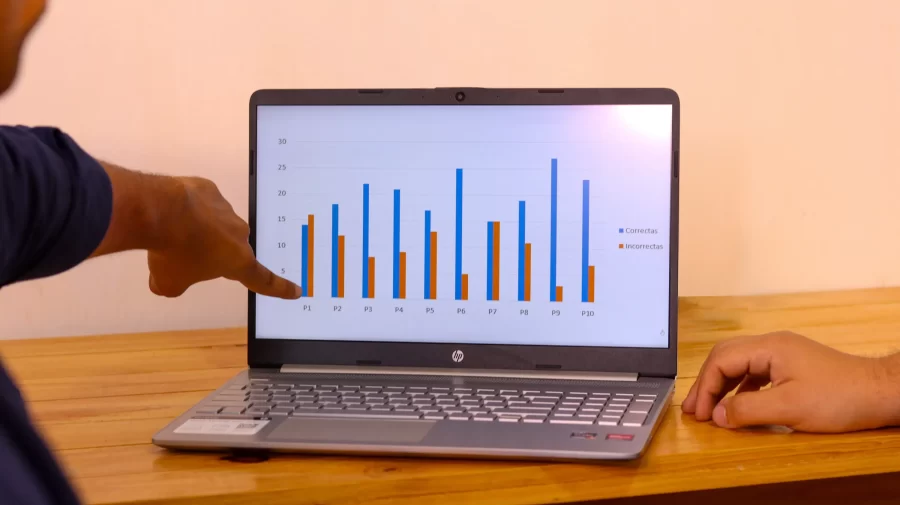Staying with the customer or client is, paradoxically, a way of making the client stay with you. In marketing, having a place in the consumer’s mind is always the paramount goal, and actions that further this cause are what benefit your business.
This is why, if you don’t have one already, you should totally consider starting a Business Newsletter campaign for your company. Let’s delve into it.
What is a Newsletter?
A business newsletter is a tool used by businesses and organizations to share relevant and valuable information with their network of customers, prospects, and subscribers. These Newsletters give you direct access to your audience’s inbox, allowing you to share engaging content, promote sales, and drive traffic to your website. Think of it as a monthly version of the Christmas Catalogs that you browsed come the season for gifts for your family (or yourself) but in email form, and en masse.
Why Have a Newsletter?
There are several reasons why a newsletter can be beneficial to your company’s growth, we will go through them one by one:
Boosting your social media presence is the goal of any modern marketing strategy. Building them up, and maintaining a community, however, can be tricky. But email shares can help you out with that. A study at Salesforce revealed that newsletters and promotional emails that contained social sharing buttons had a 158% click-through rate when compared to those without them.
This even becomes a recommendation: Engage your audience through the email newsletter, then invite them to join the conversation on social media through an inbox; this way you can channel readers into active commenters on your sites.

This super helpful article over at American Express gives us another pro. Not only it’s a perfect example of positive irony that the website for American Express contains this useful information, but by doing so I’m mentioning it to you, and spreading a link to their website (which proves the point I’m about to make) but also the article reads about how the newsletter can increase traffic to your website.
I found this figure to be particularly surprising. Studies show that for each $1 spent on email advertisements or promotional material, such as our newsletters in question, the return varied from $45 to $51. The fact is a business newsletter is not a costly endeavor, and the benefits will vastly outweigh the investments.
And, of course, there’s a boost in sales. That same article on American Express points out a study that revealed that at least 44 percent of email recipients for several promotional campaigns made at least one purchase that same year. Newsletters and this kind of material make use of our human nature, particularly impulsivity, and frugality: calls to action that promote a sale, a discount, a coupon, a promotion, or something the like will offer the promise of value to the reader, who will be inclined to click and find out if said value is there.
Another thing to mention is that a newsletter can be easily monitored and its success measured. How many clicks, how many views, what’s popular, what was a hit, what was a miss? All are easily obtained and quick to process and course-correct.
How to Start Your Newsletter
Now, there are some things to consider if you’re planning on starting a newsletter for your company. We’ll section these into three equal pieces of the theoretical cake: Design, Content, and Value.
- Design: Part of what engages an audience (Remember, your potential client) is the way information is presented and organized. What we call design in common parlance. The newsletter should represent your company’s style; in pairing with the rest of your branding strategy. It should contain clear calls to action (CTAs) that are eye-catching. Including your logo, relevant imagery, and things like that go with the whole recipe. I believe that the perfect newsletter should be similar to an infographic post; with visual elements leading the eye and reading experience.
- Content: Nobody wants to read fluff. If you want your newsletter to engage your audience and make a profit out of it, then it needs to connect with them on some level. It could be by keeping up with the industry’s news. It could be by providing useful information; like troubleshooting tips for IT, or gardening techniques if you’re a flower store. The general rule is it has to contain something you think your clients would want to read.
- Value: This is connected to the point above. Not only can it not be fluff, it has to be worth something. Meaning the reader should have earned some value after reading the piece. If your newsletter contains, say, a piece about the history of diskettes, which are obsolete and irrelevant today; perhaps someone will find it interesting, for sure. But nobody really benefits from learning about diskettes, since they’re long gone. However, something present and relevant, information that leaves this useful tip in the reader’s mind: that’s what keeps people reading, and increases the chances of a sale.
So, consider giving more to your clients by connecting with them, offering valuable information, and expecting more engagement, reputation, and sales from it. A business newsletter is a simple way to add to your marketing strategy and improve your company’s image and results.
Want to start a newsletter now but don’t have anyone to manage it? Don’t worry, you can hire one of our freelancers to do it for you, just go here and let us know what you’re looking for.
And if you want more useful business tips from us, use the subscription box below to subscribe to our own newsletter!
See more articles by Haward Méndez.





